Going to Japan? Take some advice from an expert
American-born academic and author Alex Kerr is an aficionado of all things Japan, from the best time to stay in Kyoto to the secret hideaways to visit.
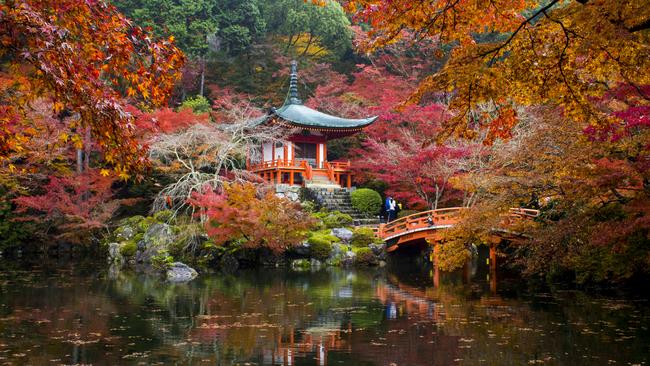
Growing up in a navy family meant Alex Kerr never stayed in one place for long. The American-born academic, author and aficionado on all things Japan moved to the country as a youngster in 1964. This cultural immersion sparked an enduring passion for traditional Japanese arts such as kabuki (theatre), calligraphy and architecture.
Kerr is a leading voice in the movement to save Japan’s dying villages, caused by depopulation as younger generations leave rural hamlets for the cities, and family homes fall into disrepair. He has been involved in the renovation of at least 20 historic timber dwellings, proving that heritage values can blend harmoniously with modern conveniences, making small towns more appealing places to live.

It’s not just Japan’s built environment that has captured Kerr’s imagination; he’s also drawn to its natural beauty. When asked which era in Japanese history he would choose if he could time travel, he responds: “I’d like to go back to about 20,000 years ago, when only small scatterings of people lived on the islands. I would want to see the towering primeval forests of keyaki (elm) and kusunoki (camphor trees) growing in the lush, misty forests, the waterfalls, the rocky shores, the mystical natural environment from which everything Japanese that we know today ultimately was born.”
Kerr has written three acclaimed books: Lost Japan (“about old Japanese culture – kabuki, calligraphy, etc, and how it changed”), Dogs and Demons (“tough love; not for the faint hearted, it describes the fall of modern Japan since the 1990s”), and more recently Hidden Japan (on travels to 10 less-visited or remote regions).
In May, he sailed as guest speaker on French cruise line Ponant’s first expedition voyage through the Seto Inland Sea, from Osaka to Fukuoka, a trip he will repeat next year. He cites the visit of 260-passenger Le Soleal to Aso Bay on the west coast of Tsushima Island as a highlight. “[It’s] an unearthly landscape of islands floating in calm bays and coves. Until now, cruises have not been able to enter the bay. Ponant made special arrangements for this unique experience.”
He shares his time between Bangkok and his home in Japan, a 300-year-old thatched abode in Iya Valley, Shikoku. And although his favourite style of Japanese cuisine is sushi, he’s more likely to drink a full-bodied red wine from southern Italy or Australia than to sip sake.
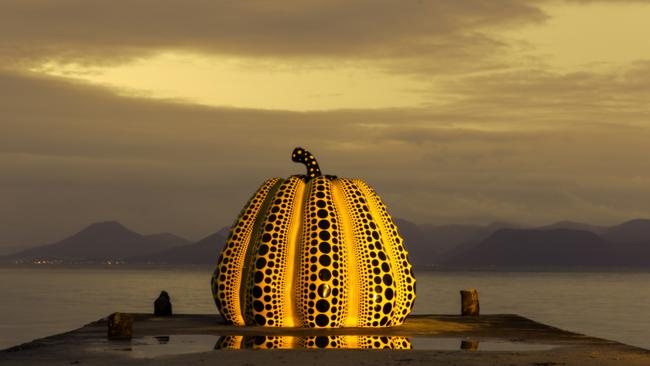
Why the Seto Inland Sea is so special
It is one of the world’s largest enclosed areas of sea, protected by islands and peninsulas from big storms and tsunamis. It stretches hundreds of kilometres from east to west, and features hundreds of islands large and small, with a tremendous range of landscapes and towns. There are small ports lined with old wooden houses, big metropolises like Osaka, Kobe and Hiroshima, industrial centres like Onomichi, historical temples and shrines such as Itsukushima with its red torii gate standing in the water. There are also contemporary arts projects housed in buildings designed by Tadao Ando centred on Naoshima island, hidden coves, beaches, picturesque shorelines and rocks, fishing villages, cycling bridges, and boats of all kinds. Very few places in the world could provide such a rich variety of natural and man-made environments.
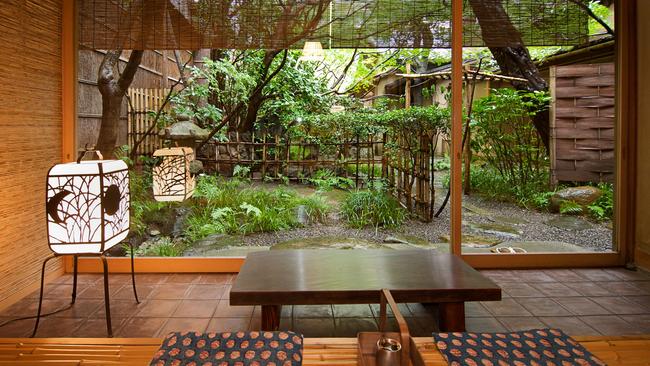
My favourite hotel
It would be Tawaraya Ryokan, the small but exquisite traditional inn in the heart of Kyoto. The madame of the hotel has refined artistic taste and brings the soul of Kyoto’s old culture into every aspect of a guest’s stay, from the food served in the room, to the flower arrangements in the hall, to the shape of the windows facing the quiet inner gardens. A stay here is truly perfection.
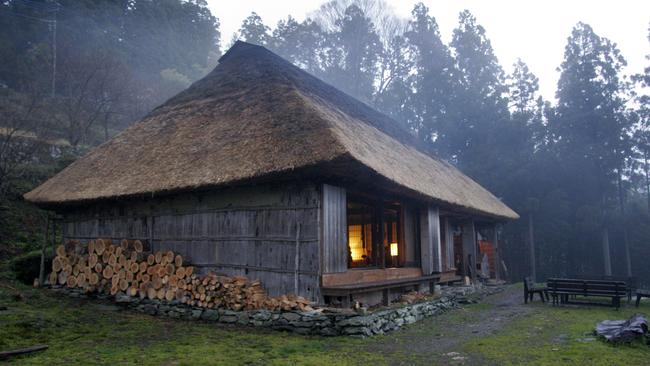
The building in Japan I love the most
I have to admit that’s it my own house Chiiori in Iya Valley in Shikoku. It’s a 300-year-old thatched-roofed house that had been empty for years when I bought it as a student in 1973. After centuries of burning the floor-hearths in the middle of the rooms, the house inside is all black; a glistening, almost lacquered black – floors, pillars and the underside of the thatch. Outside are the green cliffs and cloudy forests of Iya Valley. I visit many places in Japan, but this is the one I always come back to.

Best time to visit Kyoto
The obvious best times, when most visitors try to come to Kyoto, are in the spring for cherry blossoms or in the fall for autumn leaves. But for me, the best time is from mid-June to early July, the rainy season. Visitors are fewer, and the fresh green leaves of the trees and moss in the gardens gleam with iridescent light.
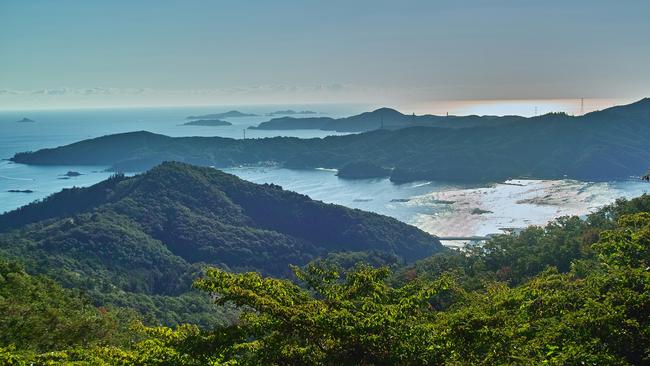
An off-the-beaten-track gem
The island of Ojika, off the west coast of Nagasaki prefecture in Kyushu. You take a two-hour ferry from the port of Sasebo to get there. It’s actually two islands, Ojika itself and the smaller Nozaki. On Ojika we restored seven old houses as places to stay, and one house, the spectacular Fujimatsuke mansion, as a restaurant. There’s hiking and kayaking. Nozaki is totally abandoned, but the ruins of the old houses, with deer roaming around, are a haunting scene. On a hill is the charming old Christian church, dating back to when “Hidden Christians” survived on islands like this when Christianity was banned in Japan.
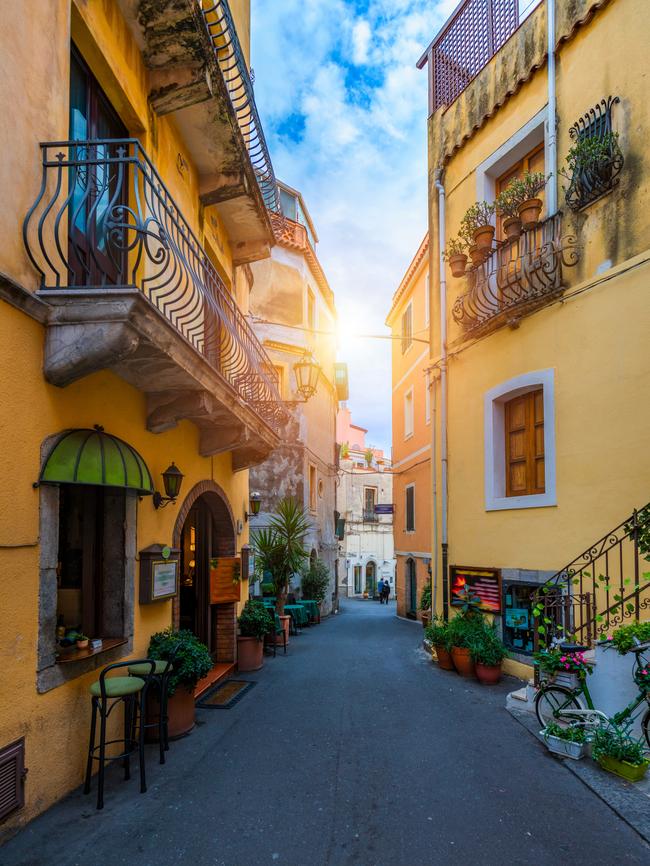

I’d most like to visit
Within Japan, it’s Yakushima, the island between Kyushu and Okinawa, which is known for its old-growth forests, including ancient sugi (cryptomeria) trees. Outside of Japan, there are so many – Sicily, or the amazing seascape of the Raja Ampat islands in Indonesia.



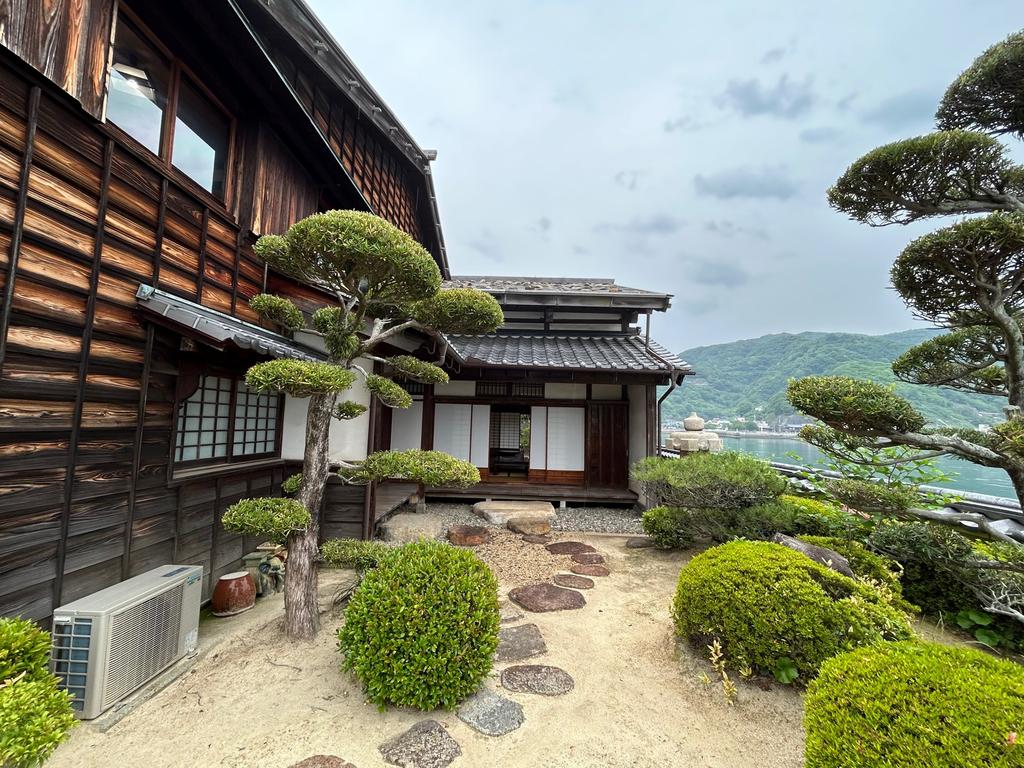

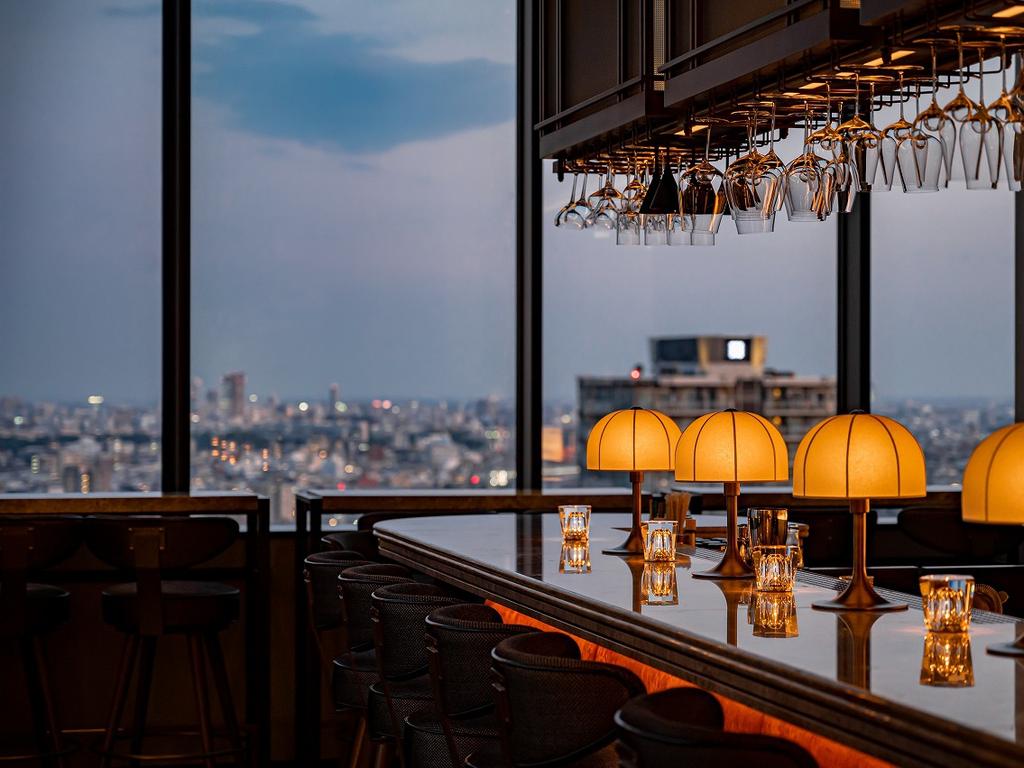
To join the conversation, please log in. Don't have an account? Register
Join the conversation, you are commenting as Logout